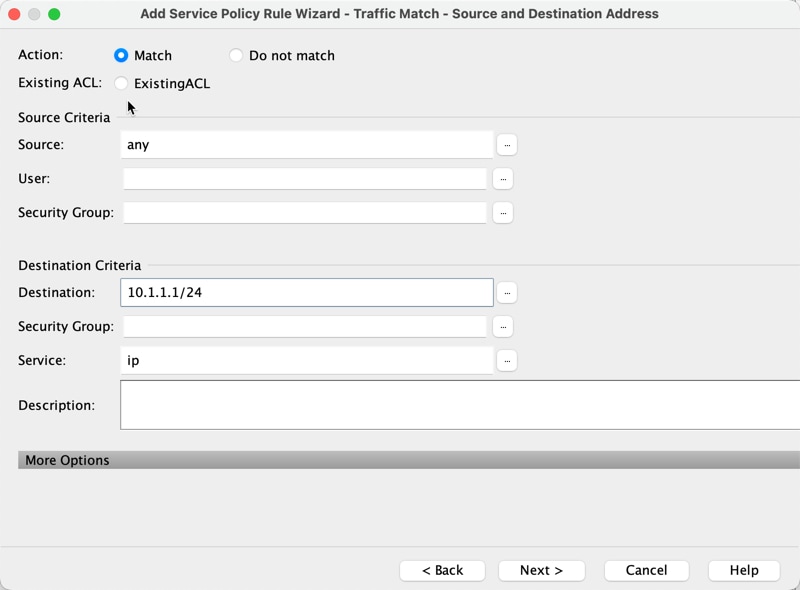About Loopback Interfaces
A loopback interface is a software-only interface that emulates a physical interface. This interface is reachable on IPv4 and IPv6 through multiple physical interfaces. The loopback interface helps to overcome path failures; it is accessible from any physical interface, so if one goes down, you can access the loopback interface from another.
Loopback interfaces can be used for:
-
AAA
-
BGP
-
SNMP
-
SSH
-
Static and dynamic VTI tunnels
-
Syslog
-
Telnet
The ASA can distribute the loopback address using dynamic routing protocols, or you can configure a static route on the peer device to reach the loopback IP address through one of the ASA's physical interfaces. You cannot configure a static route on the ASA that specifies the loopback interface.





 Feedback
Feedback